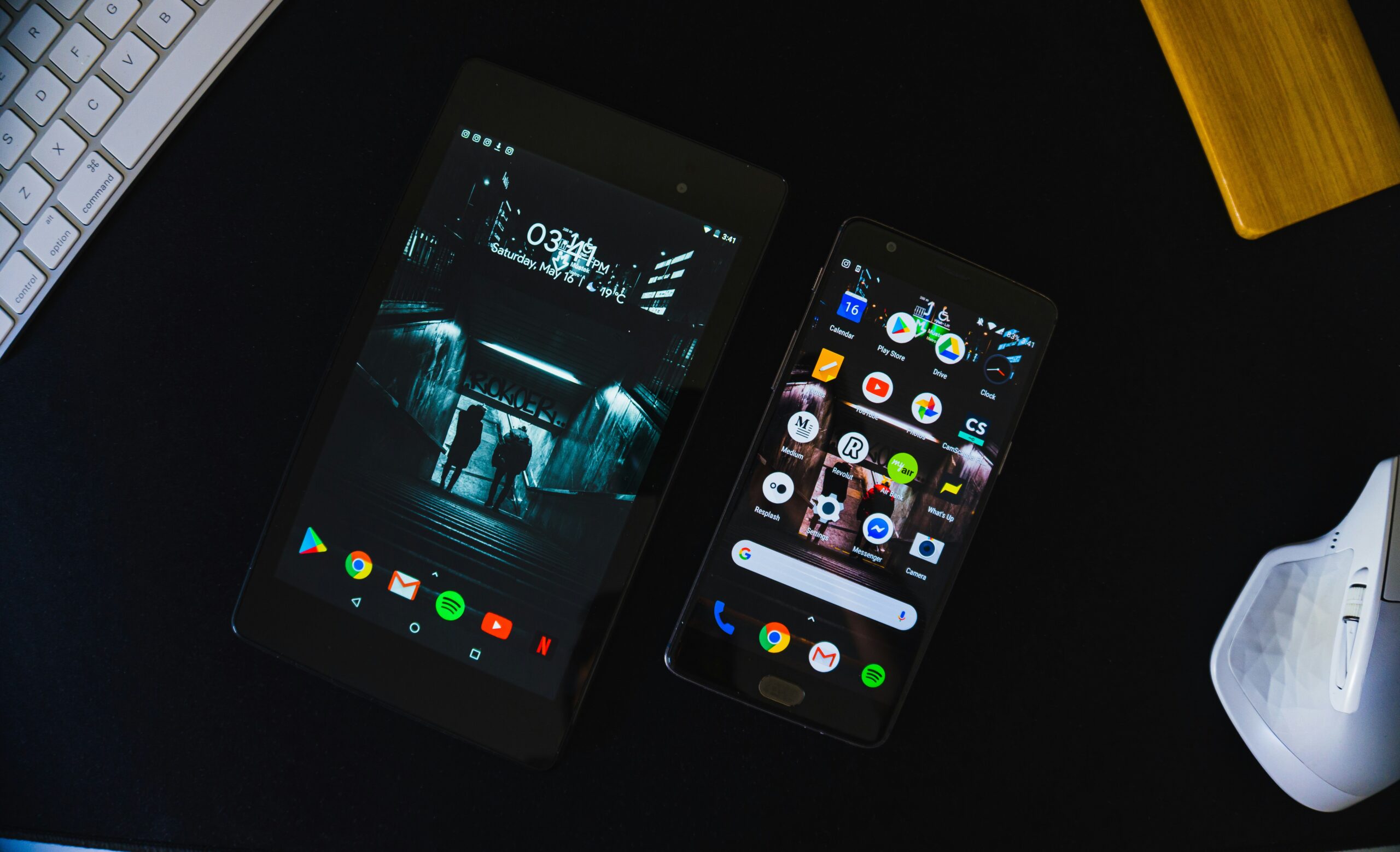Introduction
The Post-Smartphone Era: What Comes After Touchscreens? For over a decade, smartphones have been at the center of our digital lives, revolutionizing the way we communicate, work, and entertain ourselves. However, technology never stands still. As we move into 2025, experts and tech companies are exploring alternatives that could replace or significantly transform smartphones as we know them. But what comes next? Will we still be tapping on glass screens, or will we interact with technology in a completely new way? This article explores the innovations poised to redefine our relationship with digital devices in the post-smartphone era.
Table of Contents
Why the Smartphone Era Is Fading
While smartphones have become incredibly advanced, they also have limitations. Several factors are driving the search for their successor:
- Screen Fatigue: People are experiencing digital overload from excessive screen time, leading to eye strain and mental fatigue.
- Physical Constraints: A smartphone’s form factor is limited by the need for a screen, battery, and processor, making further innovation challenging.
- User Experience Limitations: Despite improvements in voice assistants and gesture controls, the primary mode of interaction—typing and tapping—has remained largely unchanged for over a decade.
- Security Concerns: Increasing cyber threats and privacy issues have raised questions about how we interact with digital devices and whether smartphones are the best tool for securing personal data.
Emerging Technologies That Could Replace Smartphones
1. Augmented Reality (AR) Glasses
Augmented reality glasses are one of the most promising alternatives to smartphones. Companies like Apple, Meta, and Google are investing heavily in AR wearables, aiming to create seamless digital experiences without the need for a physical screen.
Key Features:
- Hands-free interaction: AR glasses overlay digital content onto the real world, allowing users to interact with apps, messages, and the web without touching a screen.
- Voice and gesture control: AI-powered voice assistants and hand-tracking capabilities make navigating digital interfaces more intuitive.
- Holographic displays: Companies like Microsoft (with HoloLens) and Meta (with Quest Pro) are developing immersive holographic experiences that could replace traditional apps.
Challenges:
- Battery life remains a major obstacle.
- Hardware needs to become more compact and comfortable for all-day use.
- Privacy concerns, as AR glasses continuously collect and process data from the environment.
2. Brain-Computer Interfaces (BCIs)
Elon Musk’s Neuralink and similar projects are working on brain-computer interfaces, which could eliminate the need for physical devices entirely. BCIs allow users to control digital systems using just their thoughts, bypassing the need for a physical screen or input device.
Key Features:
- Direct neural interaction: Users could browse the internet, send messages, or play games simply by thinking.
- Health benefits: BCIs can assist people with disabilities, restoring mobility and communication capabilities.
- Seamless connectivity: A direct link between the brain and cloud computing could create faster, more personalized digital experiences.
Challenges:
- Ethical concerns about privacy and mind-reading technology.
- The complexity of safely implanting neural devices.
- Adoption barriers, as many people may be hesitant about invasive technology.
3. Wearable AI Assistants
AI-powered wearable devices, like smart rings, earbuds, or even AI-powered clothing, could offer a more subtle, efficient alternative to smartphones. Devices like the Humane AI Pin and smartwatches with advanced AI capabilities are already moving in this direction.
Key Features:
- Always-on AI assistants: Devices that listen and respond proactively to user needs, reducing reliance on screens.
- Haptic feedback and projection technology: Instead of screens, future wearables might project holographic displays onto any surface.
- Biometric integration: Devices could monitor health metrics and adjust settings based on user mood and physical condition.
Challenges:
- The need for a fully connected ecosystem that supports various wearables.
- Privacy concerns related to always-on AI monitoring.
4. Holographic Displays and Projected Interfaces
Instead of carrying a physical device, future technology might allow users to summon a holographic smartphone or project a user interface onto any surface.
Key Features:
- Gesture-based controls: Users could manipulate virtual screens in mid-air.
- Portability: No need to carry a physical device; everything is projected when needed.
- Multi-user collaboration: Holograms could facilitate new ways of socializing and working together in digital spaces.
Challenges:
- Requires powerful and compact projection technology.
- Limited by environmental lighting conditions.
How This Transition Will Happen
Transitioning away from smartphones will not be immediate. Instead, we will see a gradual shift as these new technologies evolve and become more practical. Here’s what the timeline might look like:
- 2025-2027: AR glasses and AI wearables gain mainstream adoption, complementing rather than replacing smartphones.
- 2028-2030: Brain-computer interfaces start entering niche markets, with early adopters using them for health applications and gaming.
- 2030 and beyond: The concept of a standalone smartphone fades as a fully integrated digital environment emerges, powered by a combination of AR, AI, and neural interfaces.
The Social and Ethical Implications
With new technology come new societal challenges:
- Data Privacy: Who owns and controls the data collected by AR glasses, BCIs, and AI assistants?
- Digital Divide: Will access to next-gen tech be limited to wealthier populations?
- Human Connection: How will our social interactions change when we no longer have a screen between us?
Conclusion
The smartphone era is reaching its peak, and its eventual decline seems inevitable. While touchscreens have served us well, the future belongs to more immersive, intuitive, and seamless ways of interacting with technology. Whether through AR glasses, brain interfaces, AI wearables, or holographic projections, the post-smartphone era will redefine how we connect with the digital world.
For more insights, check out:
The future is coming faster than we think. Are you ready for life beyond the smartphone?
Find more Tech content at:
https://allinsightlab.com/category/technology/

